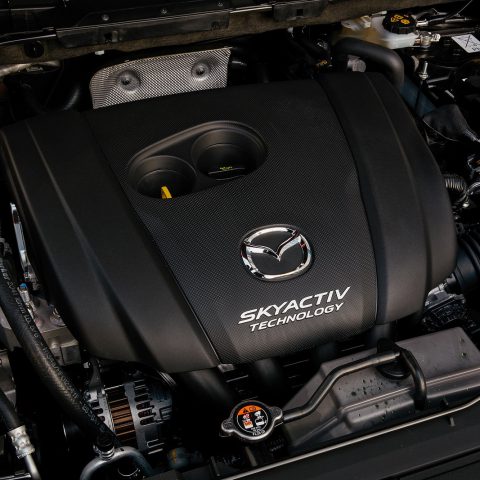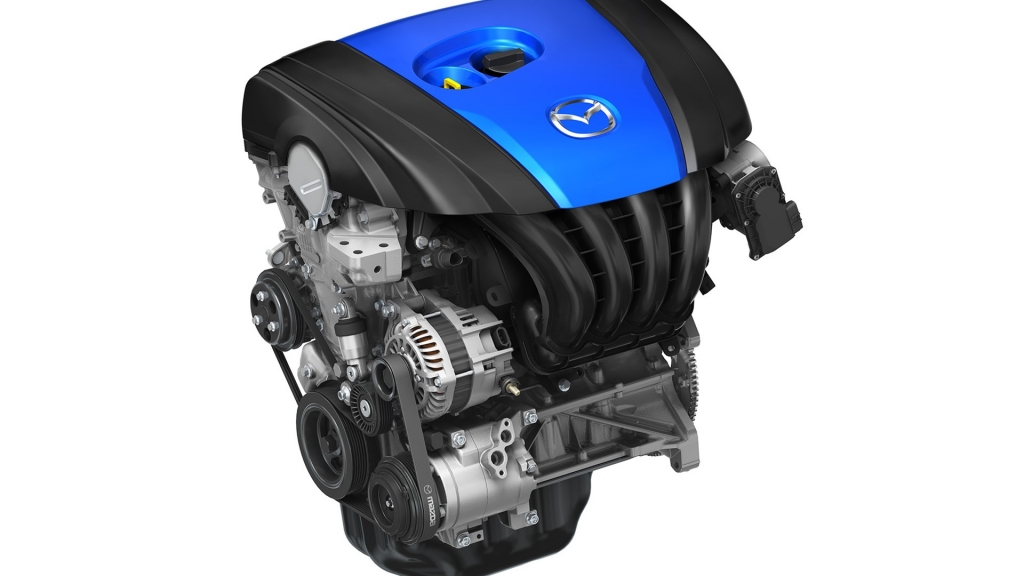Mazda is really looking for efficiency
Mazda really likes microalgae biofuel Mazda is backing two research projects in Japan to promote the widespread adoption of biofuels from microalgae growth. The hope is that the ongoing industry-academia-government collaboration will aid the OEM’s Sustainable Zoom-Zoom 2030 development program. The company considers a renewable liquid fuel essential to drastic CO2 reduction. Also, when burned, […]

Mazda really likes microalgae biofuel
Mazda is backing two research projects in Japan to promote the widespread adoption of biofuels from microalgae growth. The hope is that the ongoing industry-academia-government collaboration will aid the OEM’s Sustainable Zoom-Zoom 2030 development program.
The company considers a renewable liquid fuel essential to drastic CO2 reduction. Also, when burned, algae biofuel only releases CO2 recently removed from the atmosphere via photosynthesis.
According to Mazda, microalgae biofuel has a number of other positive attributes: you can farm algae fuels on land unsuitable for agriculture, you can grow them with minimal impact on freshwater resources, you can produce them using saline and wastewater, they have a high flash point, and they are biodegradable and relatively harmless to the environment.
The United States Department of Energy estimates that if algae fuel would replace all petroleum fuel in the USA, its growth would require an area equivalent to just 0.42% of the American land mass. For Mazda to achieve widespread availability of algae biofuels in the future, there is still a need for improvements in productivity and cost reduction. To that end, Mazda is lending technical support to research into genome editing by Hiroshima University and to the study of plant physiology by the Tokyo Institute of Technology.

CEMA, CECE AND CO2 EMISSION REDUCTION
But there is more: the first petrol engine with compression ignition
With Mazda, we can observe the debut of a combustion process called Scci, Spark controlled compression ignition.
A compression-ignition combustion regulated by the ignition of the spark plug is precisely the secret thought by the company to extend the field of operation in Hcci (homogeneous charge compression ignition).
Expanding the operating range in Hcci mode is extremely important for reducing emissions and consumption.
Mazda’s engine is able to work with air / petrol ratios above 30:1, incredibly far not only from the stoichiometric value of 14.7:1 but also above 18-20:1 of the lean-combustion petrol engines.












